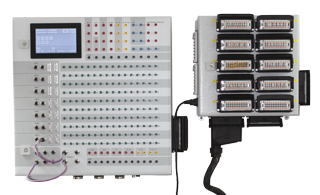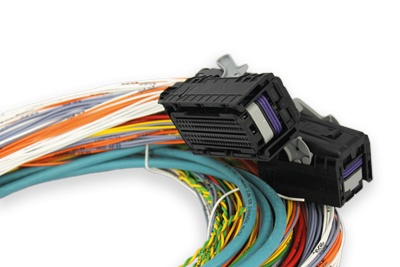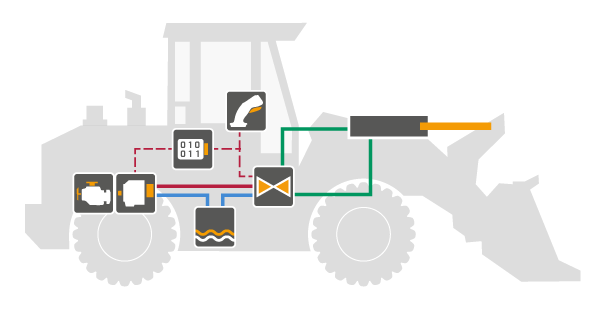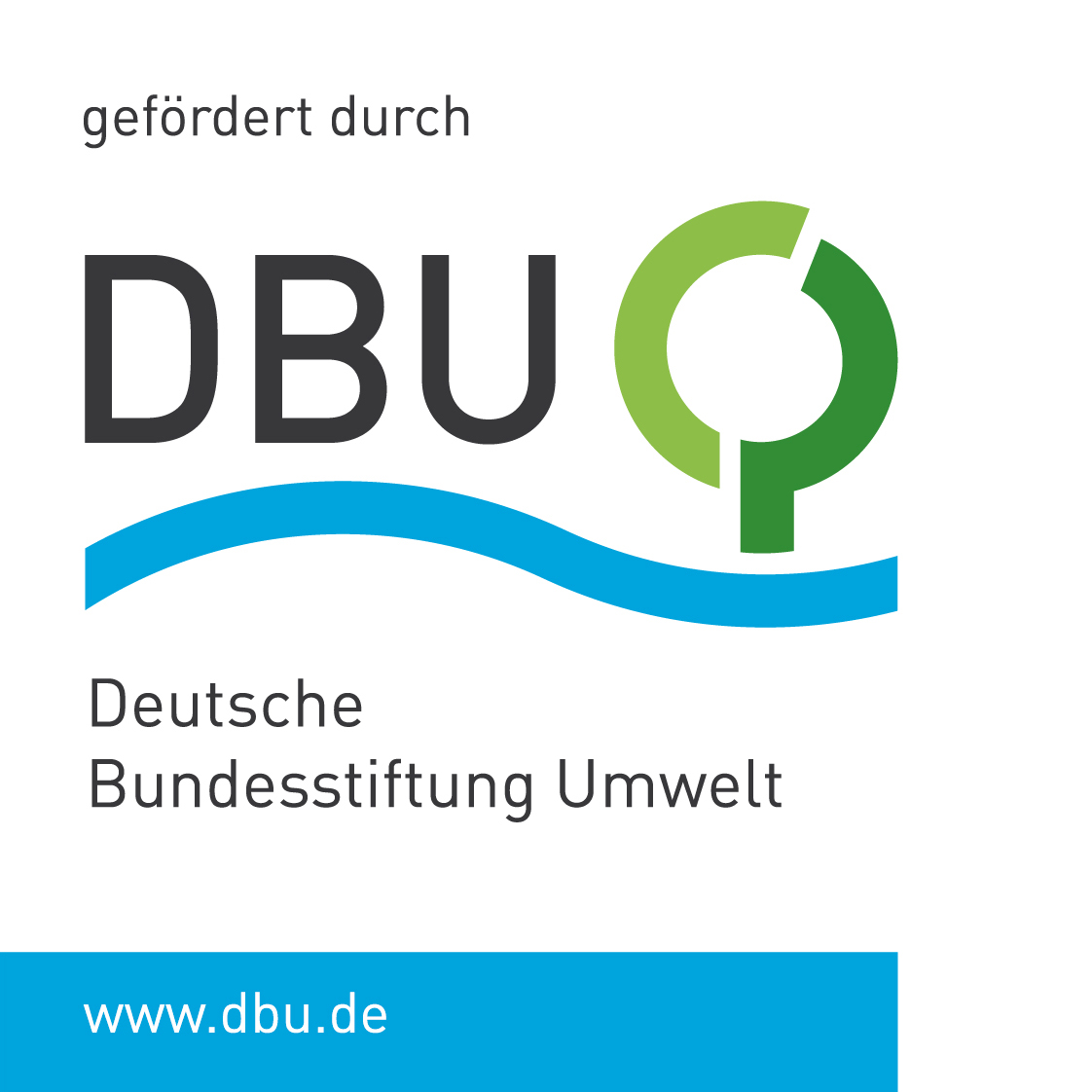Connected Mobile Machines
powered by Ardexa
Remote access and Remote monitoring – we offer a complete solution from a single source in cooperation with Ardexa.
All functions with one platform

The challenge of mobile machines
Mobile machines differ from stationary machines in many ways:
- They are used outdoors, in almost any weather and in sometimes very harsh conditions such as forests, quarries, tunnels, mountains.
- The load ranges of the assemblies of off-road machines are very different and very dynamic.
- The dimensioning of mobile machines is subject to many constraints (weight, energy consumption, size, road traffic regulations, etc.).
- The manufacturers (OEM) are often SMEs to medium-sized companies and produce small to medium quantities.
- Functionality, automation and software content are constantly increasing. Operation is becoming more complex, and at the same time there is a lack of skilled workers who can master this complexity.
- Many machines are used by service providers.
Order-related billing is becoming more and more important. - Local support is often covered by partners whose competences as service providers for different manufacturers are very limited.
- "Fire brigade missions" by the OEM can be very expensive due to a remote location.

The solution: Connected Mobile Machine
To deliver on the performance promises of mobile machines, powerful designs and intelligent system solutions are first required. But to ensure availability and performance in operation, remote access and remote mo-nitoring are essential. We offer a complete solution from a single source in cooperation with Ardexa.
Essential core functions of this IoT solution are:
- Remote access via mobile radio and telematics module, incl. remote shell.
- Remote HMI – Visualisation of the HMI in the browser to solve prob-lems together with the driver.
- Remote software update – Update of system and firmware at the push of a button.
- Remote monitoring – Continuous recording of relevant machine and process data. If required, also high-resolution data in the millisecond range.
- Remote analysis – Analysis of recorded data during operation and without intervention in the machine control system. Faults can be detected at an early stage.
- Remote control – Presetting of settings via web interface, without logging into the control system, protected by a secure user system.
- Remote audit – All remote accesses and their actions are logged indelibly.




 We help with the electrification of your working machine!
We help with the electrification of your working machine!